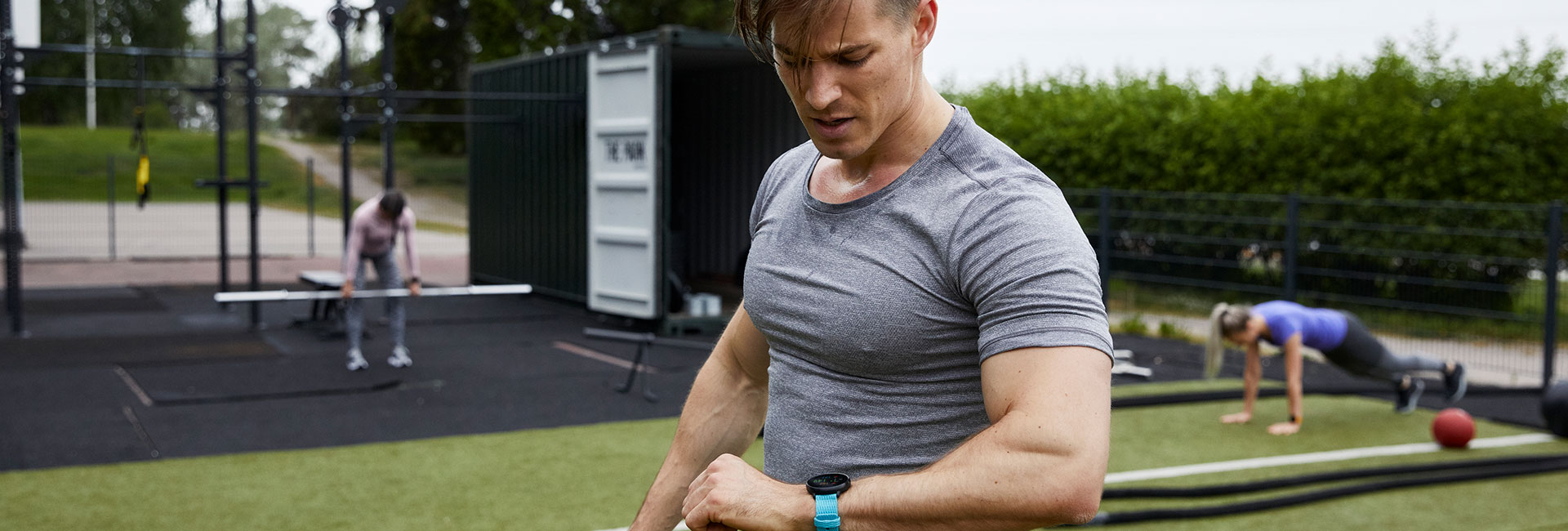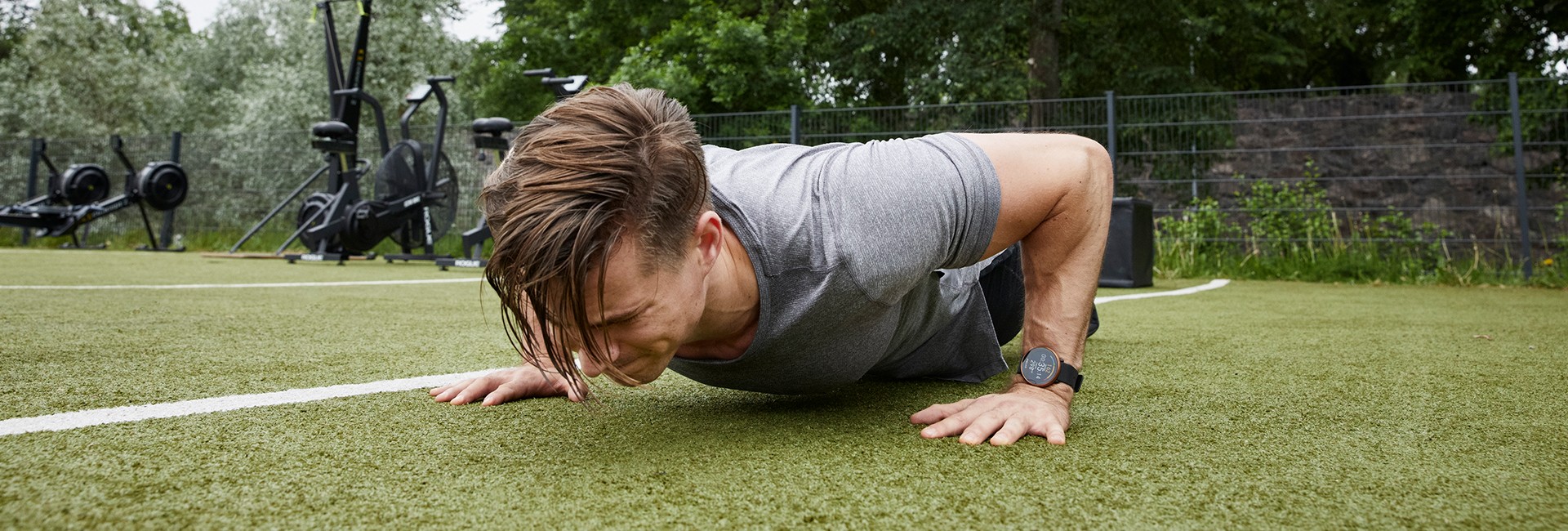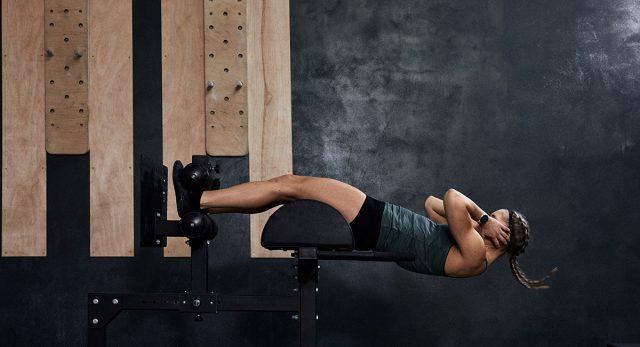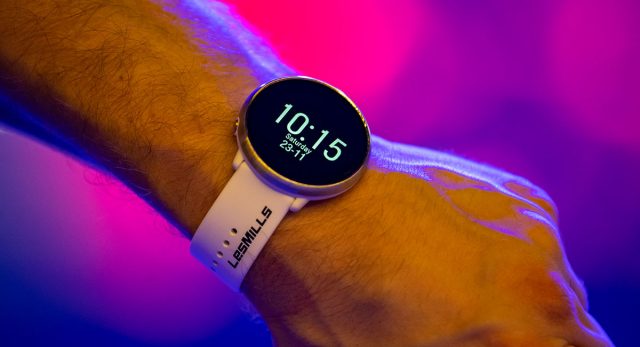Most of us are doing cardio in one form or another. Perhaps cycling, swimming, or running is your thing? Or maybe you prefer something less mainstream like other outdoor activities or cross-country skiing? (#ImJealous if that’s the case.)
One modality that’s seen a recent surge in popularity is matt-based HIIT training. This type of workout typically involves a circuit of bodyweight exercises. The goal is to elevate the heart rate to near max intensity during the exercises and intersperse those efforts with periods of rest. Sessions are typically short (20 minutes or so) and promise to ‘torch fat’, get you leaner, and looking more toned.
This can leave people feeling excessively sore and burned out.
The problem with this form of training is that it’s often plagued with pitfalls – from poor exercise selection (such as high impact jumps) to an inappropriate work-to-rest ratio. This is a tough modality to repeat consistently because it takes such a toll on the body and doesn’t do a very good job of improving aerobic fitness – which is the primary purpose of doing cardio in the first place.
That’s why I came up with anti-HIIT training. I wanted to introduce a smarter matt-based cardio method to improve your aerobic fitness that doesn’t leave you aching and exhausted.
Anti-HIIT is still an interval session but it sits on the opposite end of the intensity scale to HIIT because:
- Exercises are performed at a ‘low’ intensity, not a ‘high’ intensity.
- Your heart rate should be steady and moderate, not elevated super high.
- Rest intervals are very short, not long.
- Workouts are longer rather than shorter.
We will get to an example workout in just a bit, but first, let’s explore why this is a smart alternative to HIIT and most importantly – what it will do for you.
Benefits of anti-HIIT training
To build a great foundation of aerobic fitness and health, low-intensity cardio should be your bread and butter. HIIT is just the icing on the cake. Elite endurance athletes know this. It’s why they spend a good 80% of their training in the blue/green heart rate zone and just 10% in the red zone.
The most popular and well-known low-intensity cardio method is steady-state cardio, also known as zone 2 training. This involves working out at a steady pace and intensity for 30+ minutes with the heart rate somewhere between 60-70% of maximum.
Traditional modes like cycling, swimming, and running are typically used (depending on your preference or sport). The cyclical nature of these activities makes it very easy to scale intensity and maintain a steady heart rate.
Anti-HIIT training aims to achieve the exact same goal as steady-state cardio but with matt-based exercises instead.
The benefits of building your cardio fitness with steady-state or anti-HIIT training include:
Health & Longevity
Aerobic fitness Is a strong predictor of longevity – the quality of your life and the length of your life. Numerous studies have shown a tight relationship between aerobic health (VO2 max) and all-cause mortality.
Supporting strength training
Strength training is mainly fueled by the aerobic system. With superior aerobic fitness, you will have a greater work capacity, meaning you can train harder, for longer, without your energy dropping.
Accelerate Recovery
The aerobic system literally supports life and Is responsible for the majority of our daily energy production. With better aerobic fitness, you can expect better sleep quality, more sustained energy throughout the day, and faster recovery after workouts.
Fat burning & body composition
Cardio performed at a zone 2 intensity (like Anti-HIIT) uses fat for fuel. This actually represents the maximum fat burning zone. Any higher, such as with HIIT training, glycogen (carbs) becomes the preferred fuel source. So Anti-HIIT will improve your body’s ability to mobilize and use fat for energy.
Improved vitality
When you’re fitter (aerobically) you feel healthier (because you are!). More energy, better sleep, and an elevated mood are just some of the notable effects of improved aerobic health.
Who is anti-HIIT Training suitable/optimal?
The great thing about anti-HIIT is that it’s suitable for everyone:
- Exercises chosen are both low impact and joint-friendly.
- Your heart rate is only elevated moderately, not excessively.
- No equipment is needed (though light dumbbells work for some exercises, too).
- You can do it on the spot at home.
So, anti-HIIT training really is accessible and enjoyable and easy to get stuck into. Perfect for these uncertain times when at-home workouts are often required.
The best thing about Anti-HIIT is that you’ll walk away feeling energized, not drained. This means you can perform Anti-HIIT sessions more frequently, without fear of burning out.
This has always been one of my golden training rules:
“You should walk away from a workout feeling better than when you started.”
Anti-HIIT Workout
A very simple format for Anti-HIIT that works well is to alternate between two low-impact, dynamic exercises that have a different movement pattern. This way, your muscles used in one exercise recover while you do the other one. Plus, you can continue this way for the duration of the workout without fatigue in the muscles building up. This places the strain on the cardiovascular system, which is exactly what we are targeting with cardio.
Exercise 1: Jumping Jacks: 10/side.
Rest: 3-5 breaths.
Exercise 2: Mountain Climbers: 10/side.
Rest: 3-5 breaths.
Repeat above steps for 20-40 minutes.
Guidelines
- Adjust session length to your fitness level & time commitment.
- Try to breathe ONLY through your nose for the entire session. This is an excellent barometer to prevent pushing too hard and has numerous benefits to your health and performance: read more on nasal-only breathing.
- Adjust reps and the rest interval based on how physically exerting the session feels. It should be around a 6/10 effort.
- Track your heart rate for best accuracy – Polar Unite and Polar Ignite are suited perfectly for this workout.
What should you include in your training in addition to anti-HIIT workouts?
Anti-HIIT aims to improve your cardio fitness, whereas strength training comes with a boatload of its own unique benefits – such as lean muscle mass and improved athletic performance – keeping the bones strong and you resilient to injury.
So, instead of choosing between cardio and strength training, I recommend that you do both and try to do two cardio workouts per week and supplement this with two strength-focused workouts.
Luckily for you, I’ve created a 4-week workout program that mixes anti-HIIT, strength and mobility together for you. Why not give it a try?
I hope you enjoy this Anti-HIIT workout and find a place for it in your training program.
If you liked this post, don’t forget to share so that others can find it, too.
Or give it a thumbs up!
I like this article
Please note that the information provided in the Polar Blog articles cannot replace individual advice from health professionals. Please consult your physician before starting a new fitness program.






